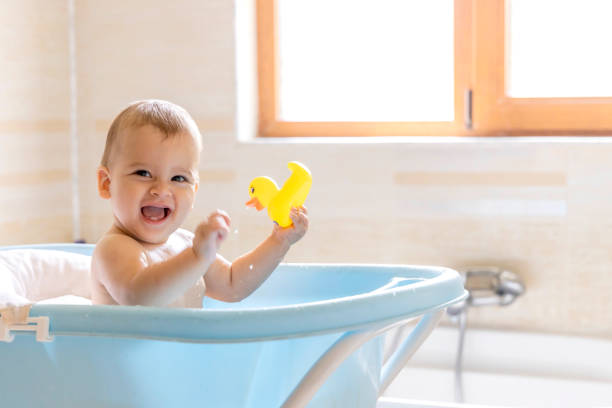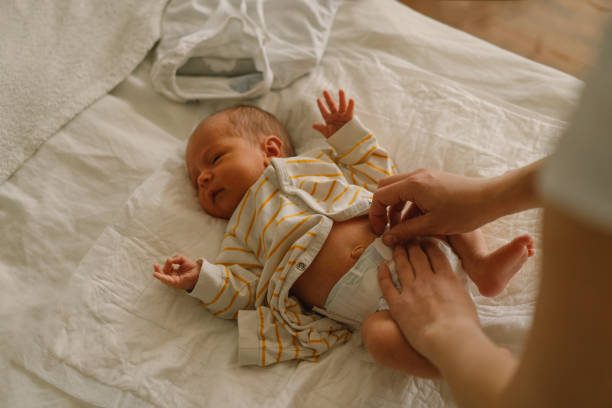Table of Contents
Introduction
As a parent, few things can cause as much concern as your baby running a fever. While an elevated temperature is a common symptom in infants, understanding the nuances of baby fever is essential to ensuring their health and comfort. From identifying the signs and symptoms to unraveling the causes behind that concerning warmth, knowing what to watch for can empower you as a caregiver. In this article, we’ll delve into the details of baby fever—what it means, when it’s considered a problem, and when to seek medical advice.
What is Baby Fever?
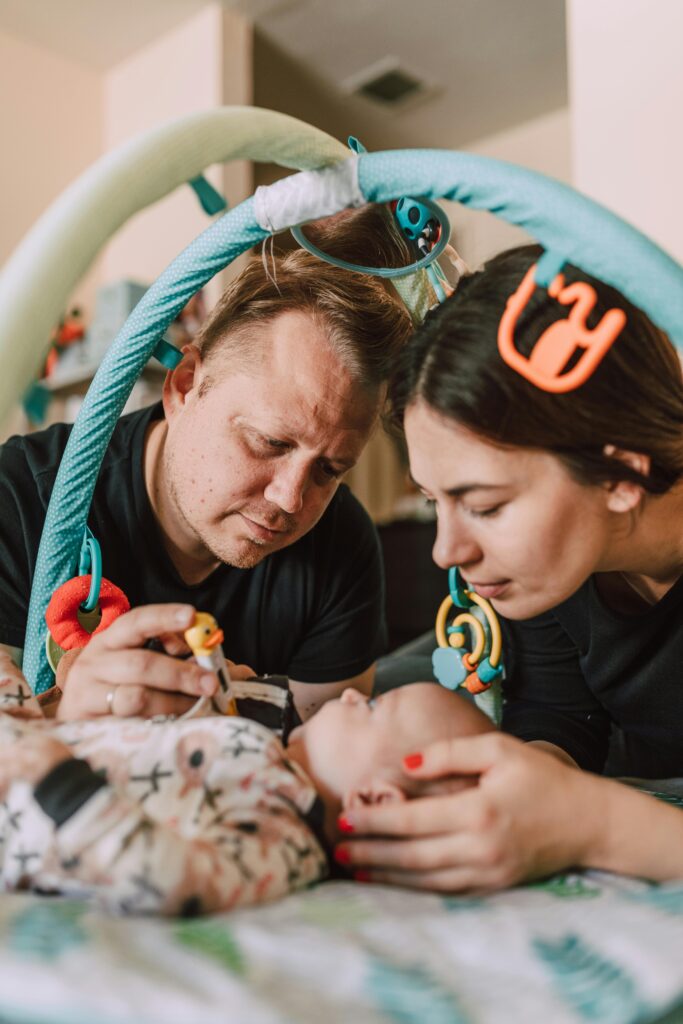
Baby fever, also known as a rise in body temperature, is a common occurrence in infants and is generally a sign that the body is fighting off an infection. In medical terms, a fever is defined as a temporary increase in body temperature, often due to an illness. For infants, a fever is typically considered to be a rectal temperature of 100.4 degrees Fahrenheit (38 degrees Celsius) or higher. While it can be alarming for parents to feel their baby’s warm forehead, it’s crucial to understand that fever is a natural and beneficial response of the immune system.
Fever in babies is not an illness in itself but a symptom of an underlying condition. It can be a sign that the baby’s body is trying to combat a viral or bacterial infection. The elevation in temperature helps the immune system operate more effectively, making it harder for pathogens to survive. This biological response is particularly important in infants, as their immune systems are still developing and learning to defend against various invaders.
Common Symptoms of Baby Fever
Recognizing the symptoms of baby fever is the first step in addressing your child’s needs. One of the most obvious signs is an elevated body temperature, which can be detected through various methods such as rectal, oral, or ear thermometers. However, there are other telltale signs that parents should be aware of. These symptoms can vary widely and may include changes in behavior, feeding patterns, and physical appearance.
A baby with a fever often appears flushed and may have a warm or hot forehead. In addition to an increased body temperature, you might notice that your baby is more irritable or fussy than usual. Changes in sleep patterns are also common; some babies may sleep more than usual, while others might have trouble sleeping. Reduced appetite and decreased interest in feeding can also be indicators of a fever, as the body focuses its energy on fighting off the infection.
Other symptoms that may accompany a fever include sweating, shivering, and general discomfort. In some cases, you might observe rapid breathing or a faster heart rate. It’s also important to monitor for signs of dehydration, such as fewer wet diapers, dry mouth, or a sunken soft spot on the baby’s head. By paying close attention to these symptoms, you can better understand the severity of the fever and take appropriate measures to ensure your baby’s well-being.
Causes of Baby Fever
There are numerous potential causes of fever in infants, ranging from common infections to more serious conditions. One of the most frequent causes is a viral infection, such as the common cold or flu. These infections can cause the body’s temperature to rise as the immune system works to eliminate the virus. Bacterial infections, such as ear infections, urinary tract infections, and pneumonia, can also lead to fever in babies and often require medical treatment.
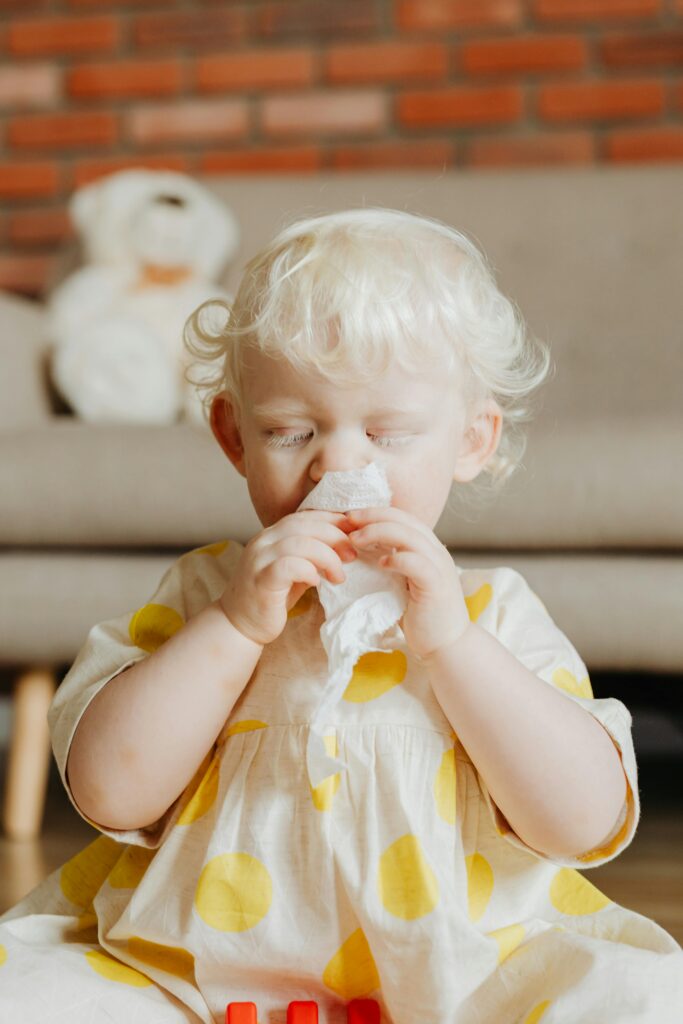
Vaccinations are another common cause of fever in infants. It’s not unusual for babies to develop a mild fever after receiving immunizations, as their bodies respond to the vaccine and build immunity. This type of fever is generally short-lived and can be managed with over-the-counter medications and other home remedies. Teething can also cause a slight increase in body temperature, although it typically does not result in a high fever.
In some cases, fever can be a sign of a more serious condition, such as meningitis or sepsis. These are medical emergencies that require immediate attention. It’s crucial to be vigilant and seek prompt medical care if your baby exhibits other concerning symptoms, such as a stiff neck, persistent vomiting, difficulty breathing, or a rash. By understanding the various causes of baby fever, you can better assess the situation and take appropriate action to ensure your child’s health and safety.
How to Measure Your Baby’s Temperature
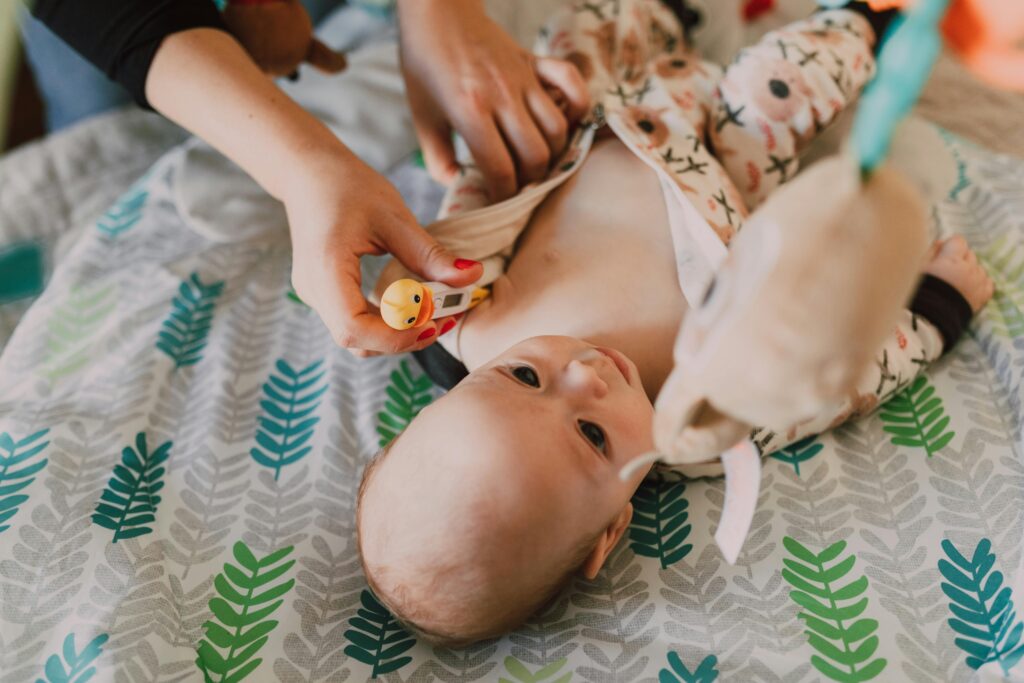
Accurately measuring your baby’s temperature is essential for determining the presence and severity of a fever. There are several methods for taking a baby’s temperature, each with its own advantages and considerations. The most reliable method for infants under three months old is a rectal temperature, as it provides the most accurate reading. To take a rectal temperature, use a digital thermometer, apply a small amount of lubricant to the tip, and gently insert it into the baby’s rectum about half an inch. Hold the thermometer in place until it beeps and then carefully remove it to read the temperature.
For older infants, other methods such as oral, ear, or axillary (underarm) temperature measurements can be used. Oral thermometers are generally suitable for children over four years old who can hold the thermometer under their tongue. Ear thermometers, which measure the temperature inside the ear canal, are quick and easy to use but may not be as accurate for infants under six months old. Axillary temperatures are less invasive and can be taken by placing the thermometer in the baby’s armpit, but this method is less accurate and may require confirmation with a rectal temperature if the reading is high.
Forehead thermometers, also known as temporal artery thermometers, are another option and are non-invasive and easy to use. They measure the temperature of the temporal artery on the forehead and can provide quick results. However, it’s important to follow the manufacturer’s instructions carefully to ensure an accurate reading. By familiarizing yourself with these different methods and choosing the most appropriate one for your baby’s age and situation, you can obtain accurate temperature readings and make informed decisions about their care.
When to Seek Medical Help for Baby Fever
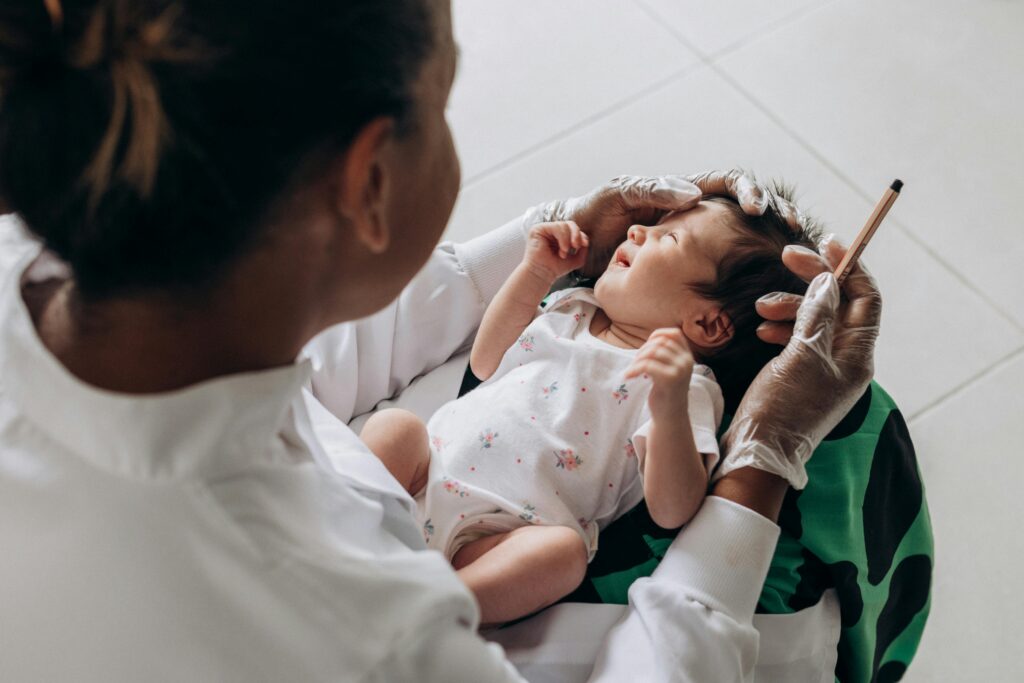
While many cases of baby fever can be managed at home, there are certain situations where medical help is necessary. It’s important to know when to seek professional advice to ensure your baby’s safety and well-being. For infants under three months old, any fever with a rectal temperature of 100.4 degrees Fahrenheit (38 degrees Celsius) or higher should be evaluated by a healthcare provider. Young infants are more vulnerable to infections, and a fever could be a sign of a serious condition that requires prompt medical attention.
Expert Advice for Managing Baby Fever
When dealing with a mild fever at home, there are several ways that can help manage your baby’s symptoms and provide comfort. Keeping your baby well-hydrated is crucial, as fever can lead to fluid loss and dehydration. Offer frequent feedings, whether breastmilk, formula, or water (for babies over six months old), to ensure they stay hydrated. If your baby is experiencing decreased appetite, try offering smaller, more frequent feedings to keep them nourished.
Dress your baby in lightweight clothing and keep the room at a comfortable temperature. Overdressing or bundling them in heavy blankets can raise their body temperature further. A lukewarm bath or a sponge bath with lukewarm water can help bring down the fever and make your baby feel more comfortable. Avoid using cold water or alcohol rubs, as these can cause shivering and increase the body temperature.
Over-the-counter medications such as acetaminophen (Tylenol) or ibuprofen (Advil, Motrin) can be used to reduce fever and alleviate discomfort. However, always consult your pediatrician before administering any medication to ensure the correct dosage and to confirm that it is appropriate for your baby’s age and condition. Never give aspirin to children, as it is associated with a rare but serious condition called Reye’s syndrome.
Preventive Measures to Avoid Fever in Babies
While it’s not always possible to prevent fever in babies, there are several measures you can take to reduce the risk of infections and keep your child healthy. Good hygiene is one of the most effective ways to prevent the spread of germs. Wash your hands frequently, especially before handling your baby, and encourage others to do the same. Keep your baby’s environment clean, including their toys, bottles, and pacifiers, to minimize exposure to harmful pathogens.
Vaccinations play a crucial role in protecting your baby from serious illnesses that can cause fever. Ensure that your baby receives all recommended immunizations according to the vaccination schedule provided by your healthcare provider. These vaccines help build immunity against various infections and reduce the likelihood of your baby developing a fever due to vaccine-preventable diseases.
Frequently Asked Questions About Baby Fever
As a parent, it’s natural to have many questions and concerns about baby fever. Here are some frequently asked questions to help clarify common doubts and provide additional guidance.
Q: How can I tell if my baby’s fever is serious?
A: Pay attention to the severity and duration of the fever, as well as any accompanying symptoms. For infants under three months, any fever of 100.4 degrees Fahrenheit (38 degrees Celsius) or higher requires medical evaluation. For older babies, seek medical help if the fever is very high, persists for more than 48 hours, or is accompanied by symptoms such as difficulty breathing, persistent vomiting, seizures, or a rash.
Q: Can teething cause a fever?
A: Teething can cause a slight increase in body temperature, but it typically does not result in a high fever. If your baby has a significant fever while teething, it’s more likely due to an underlying infection or illness, and you should consult your pediatrician.
Q: Is it safe to give my baby fever-reducing medication?
A: Over-the-counter medications like acetaminophen or ibuprofen can be used to reduce fever and alleviate discomfort. However, always consult your pediatrician before administering any medication to ensure the correct dosage and to confirm that it is appropriate for your baby’s age and condition. Avoid giving aspirin to children due to the risk of Reye’s syndrome.
Q: Should I wake my baby to give them medication for a fever?
A: If your baby is sleeping comfortably, it’s generally not necessary to wake them to administer medication. However, if they wake up and appear uncomfortable or their fever is high, you can give them the appropriate medication as advised by your pediatrician.
Q: Can I use a cold bath to lower my baby’s fever?
A: It’s best to use a lukewarm bath or sponge bath with lukewarm water to help bring down the fever. Avoid using cold water or alcohol rubs, as these can cause shivering and increase the body temperature. The goal is to make your baby comfortable without causing additional stress to their body.


